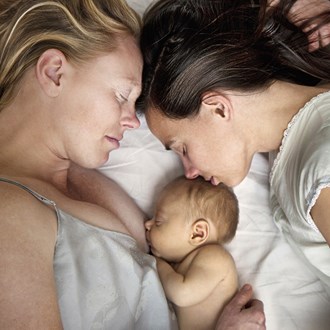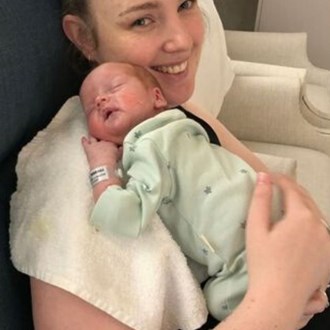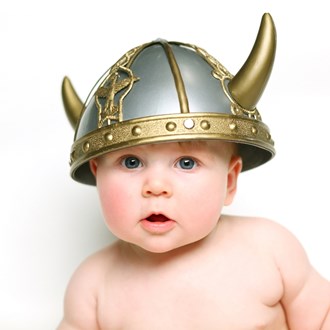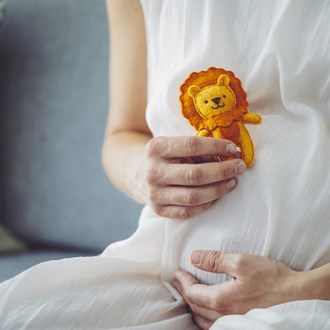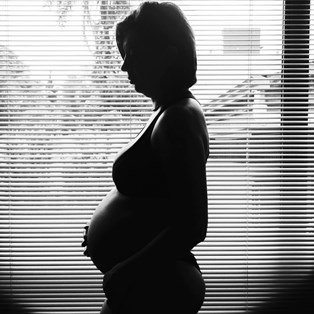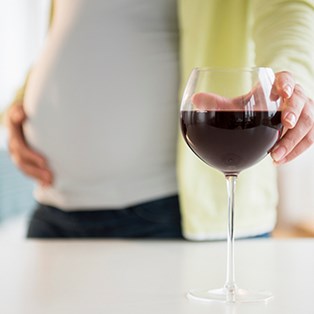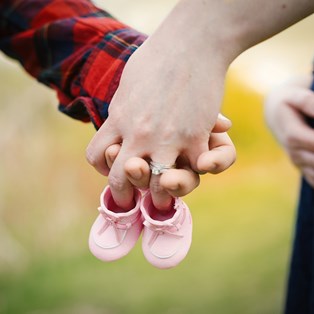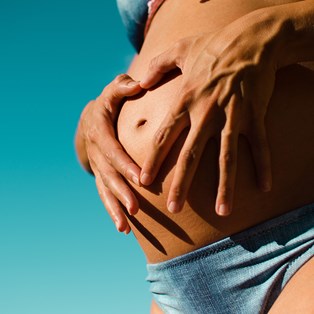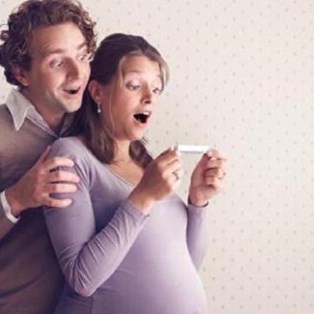Bleeding and spotting during pregnancy: is it normal?
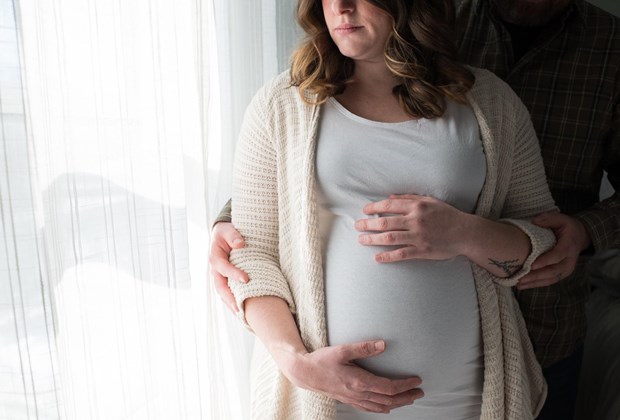
What it means
By Alex Harmon
February 04 2019
Bleeding, spotting or cramping can be a frightening experience for pregnant women, but it’s actually very common, especially during the first trimester.
One in 4 women will experience bleeding, cramping and spotting in early pregnancy and it doesn’t necessarily mean it’s a sign of miscarriage or that anything is wrong.
One study showed that light bleeding was most common in week 6 or 7, but can actually occur at any stage of the pregnancy.
What does bleeding during pregnancy look like?
Spotting or bleeding will look similar to a period, but much lighter in flow. Most women experience a brown discharge or a pink discharge, but the colour can be red if it’s a fresh bleed. Blood may appear pink or orange if it’s mixed with other vaginal discharge.
Cramping and bleeding during early pregnancy usually occurs due to these things:
Implantation bleeding - this can happen 6 to 12 days following conception and is a sign the fertilised egg has implanted in the uterus lining, causing some mild cramping and spotting.
Ectopic pregnancy – this is when the fertilised egg doesn’t attach to the uterus but to the fallopian tube, abdominal cavity, or cervix. Women will experience light to heavy bleeding and severe pain and should see a doctor immediately.
Miscarriage - Most miscarriages occur in the first 13 weeks of pregnancy. Signs include brown or bright red bleeding with or without cramps. If you are experiencing bleeding at 12 weeks pregnant (or before) with cramping and you think it might be a miscarriage, see your doctor or go straight to the hospital.
Infections – A UTI can cause bleeding from the uterus and the bladder. Changes to your body and hormones can cause this and it’s important to get it treated because leaving it could lead to premature labour.
After sex – some women experience light spotting after intercourse. There are extra blood vessels around the cervix during pregnancy and sex could cause them to rupture, resulting in spotting. It’s not a bad thing, but you might want to take it easy.
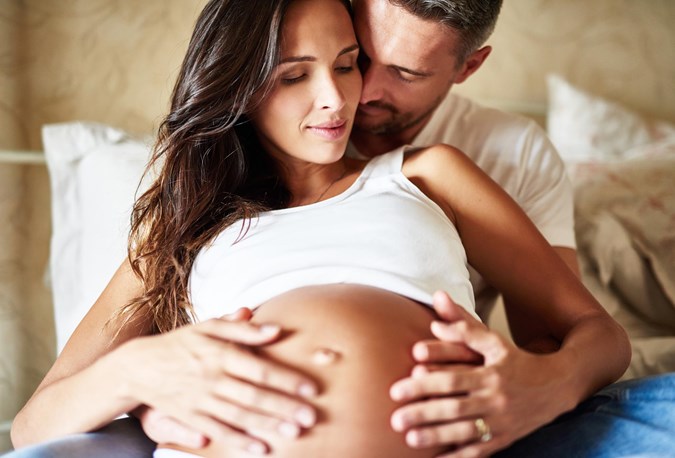
getty images
Spotting and cramping during second and third trimesters of pregnancy
Slight bleeding or cramping after week 12 isn't usually cause for concern and will often occur as a result of interference with the cervix during sex or a vaginal exam. If you’re still asking yourself, why am I spotting and cramping? it could be due to one of these things:
A show - The most common sort of bleeding in late pregnancy is known as a ‘show’. This is when the plug of mucus that has sealed the cervix during pregnancy comes away. In this case your cramping and spotting is meaning
labour is on its way.
Placental abruption – this is the separation of the placenta from the uterine lining and can cause bleeding and stomach pain. This condition usually occurs in the third trimester but can happen any time after week 20.

getty images
Placenta praevia – also known as a ‘low-lying placenta’, is when the placenta is attached in the lower part of the womb, near to or covering the cervix. The main symptom is bright red vaginal bleeding (usually without pain) during the second-half of pregnancy. In many of these cases, because the placenta is blocking the baby’s exit, a caesarean will be recommended.
Sometimes the cause of the bleeding, cramping or spotting is unknown, but the pregnancy will continue as normal. Many women will ask whether it is normal to bleed and have cramps during early pregnancy, and the short answer is yes, but if you’re worried it’s always best to seek medical advice and explain any additional symptoms. If you experience heavy bleeding like a menstrual period in your second or third trimester, let your doctor know right away.

